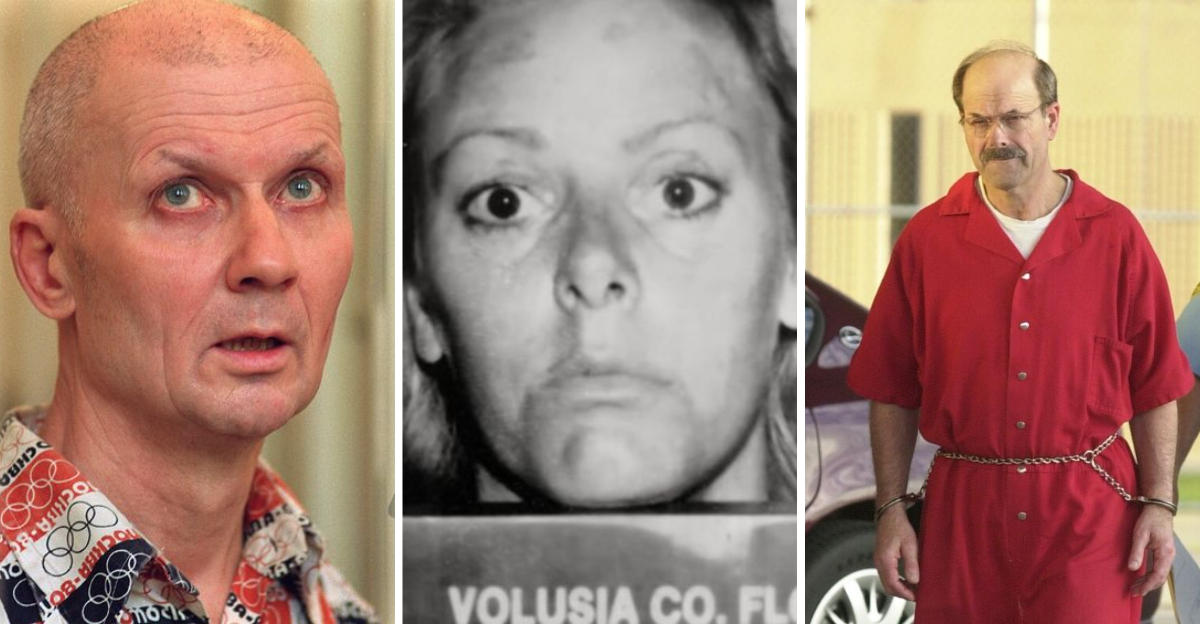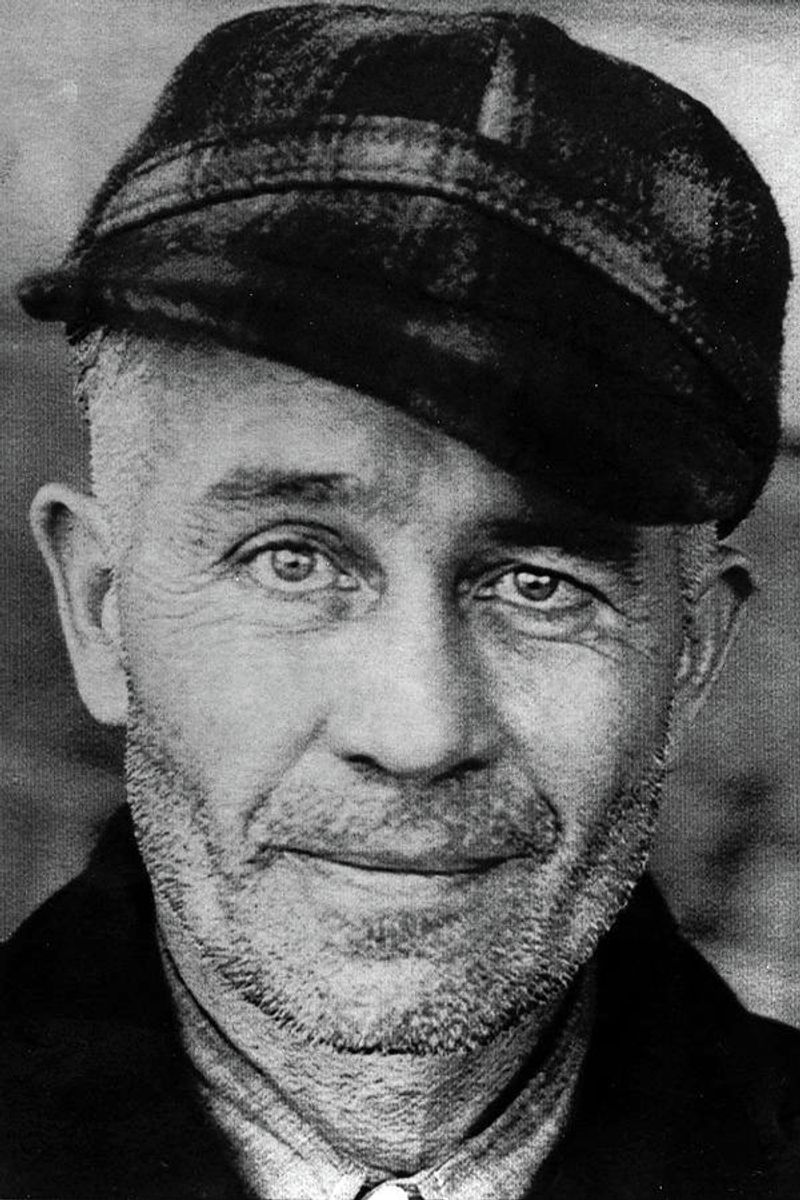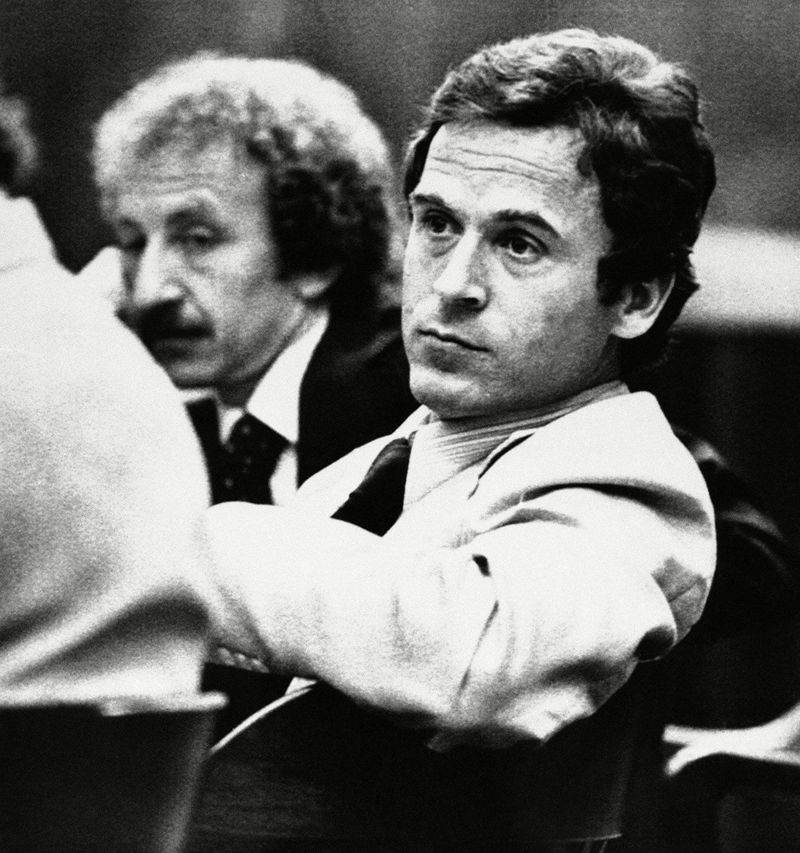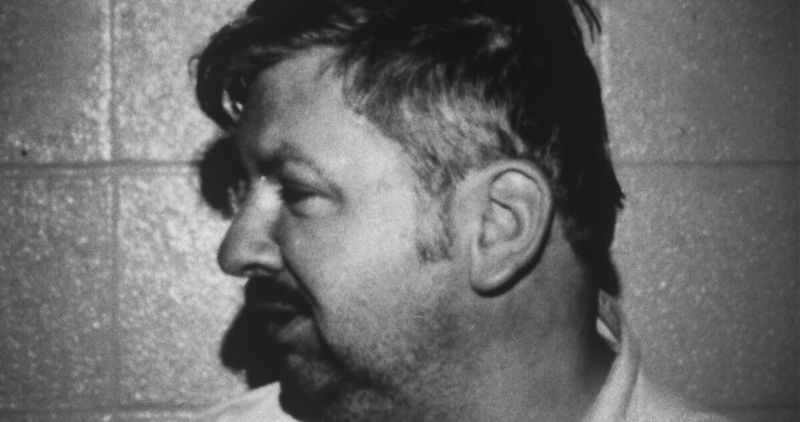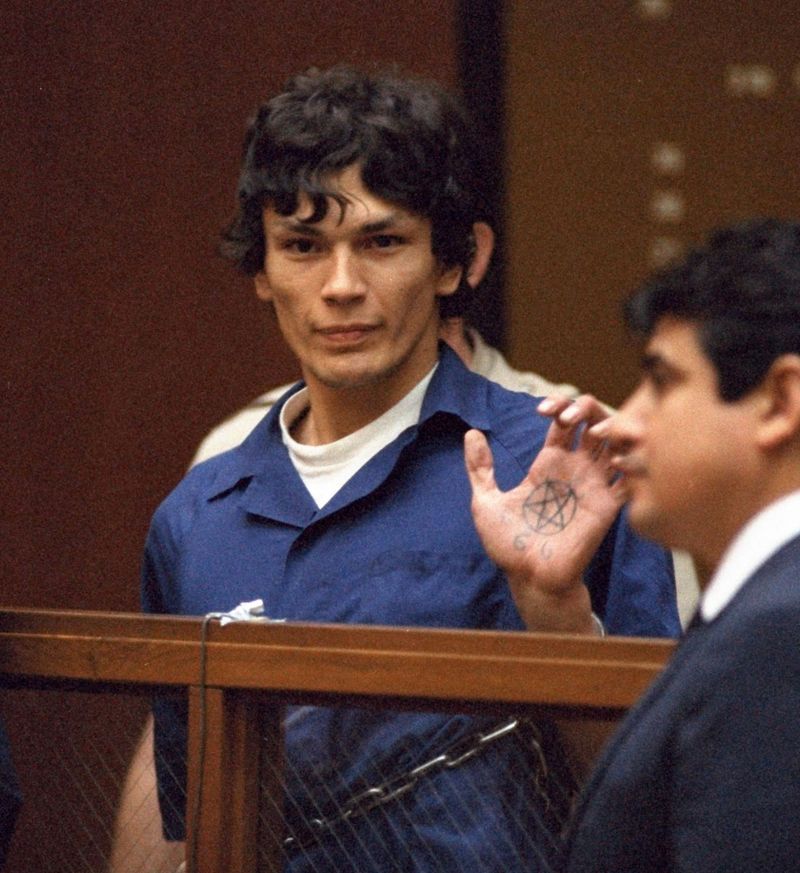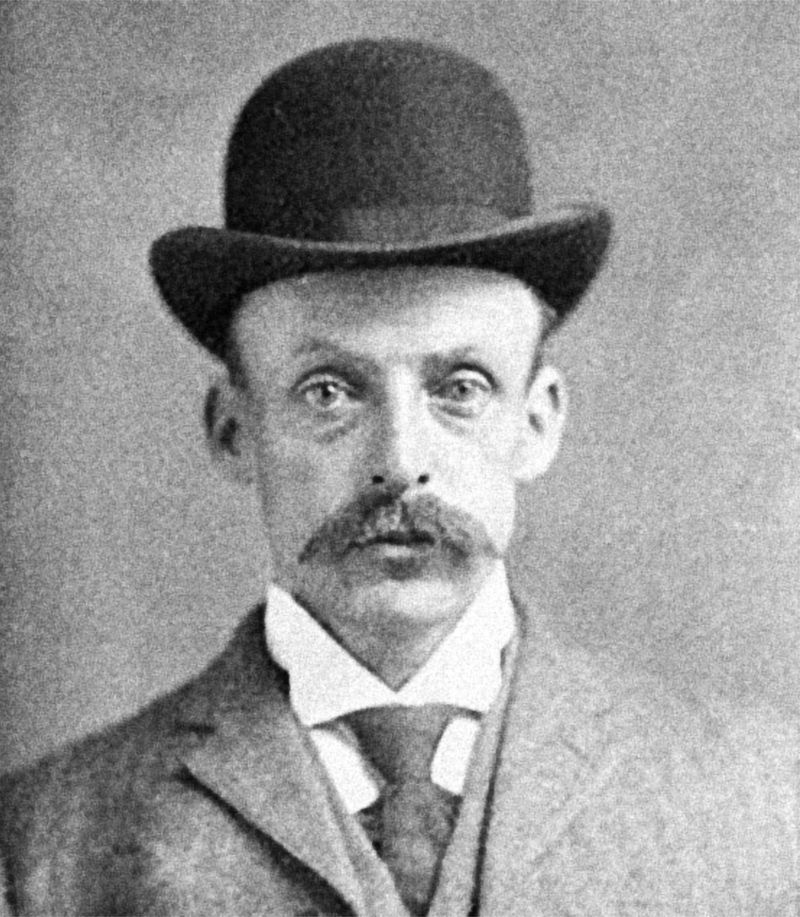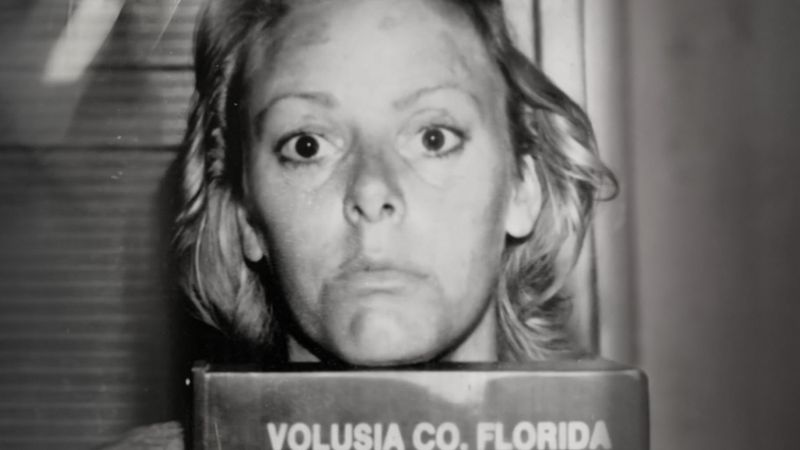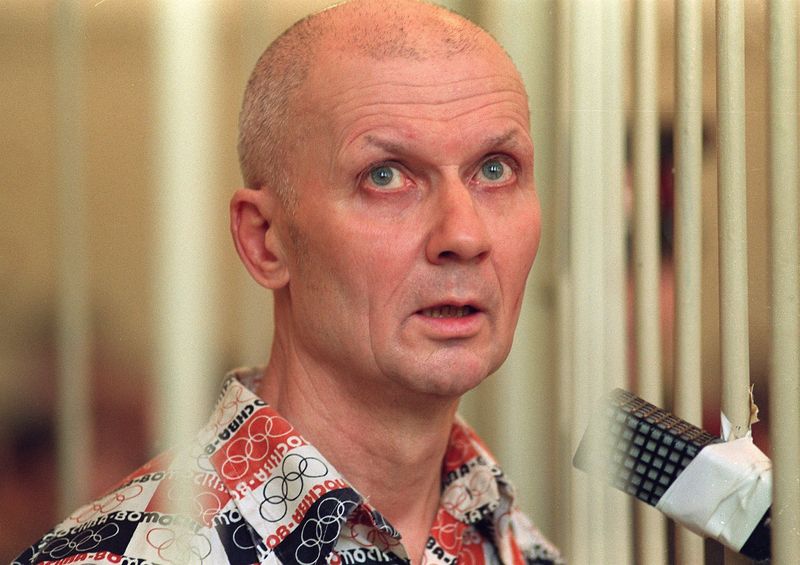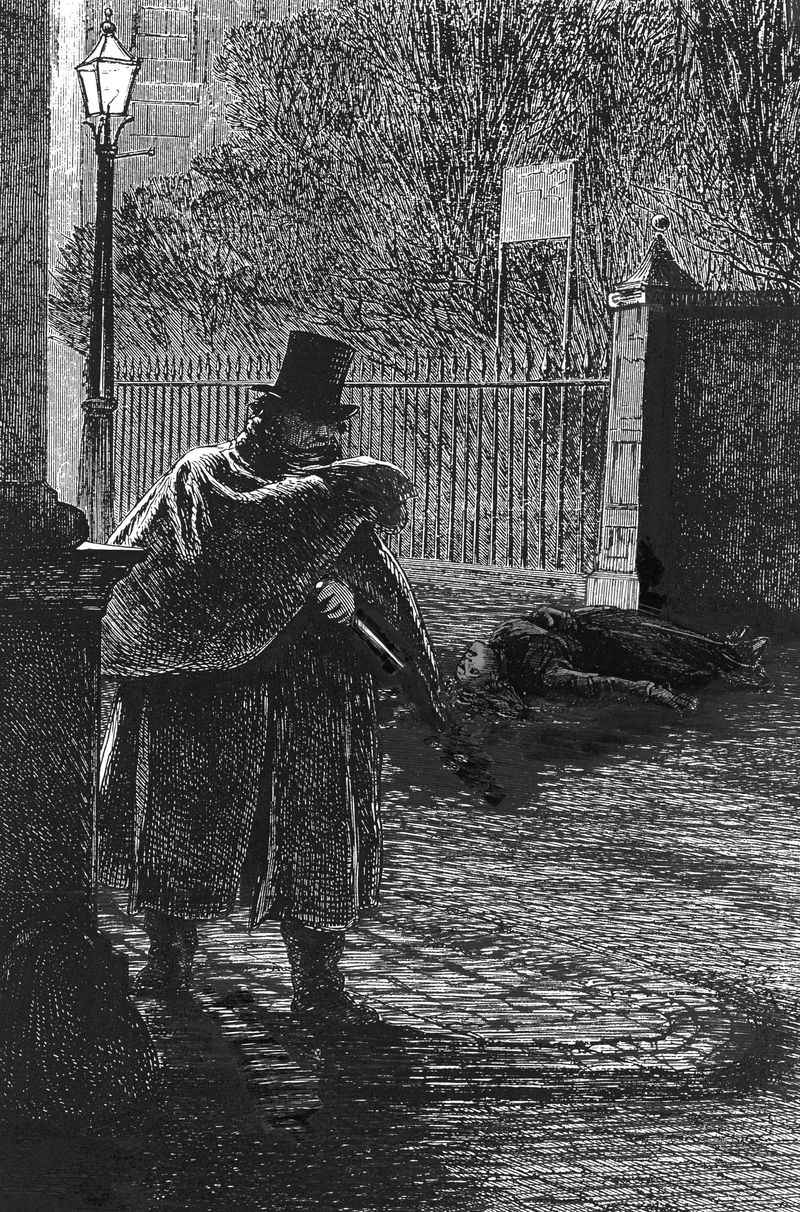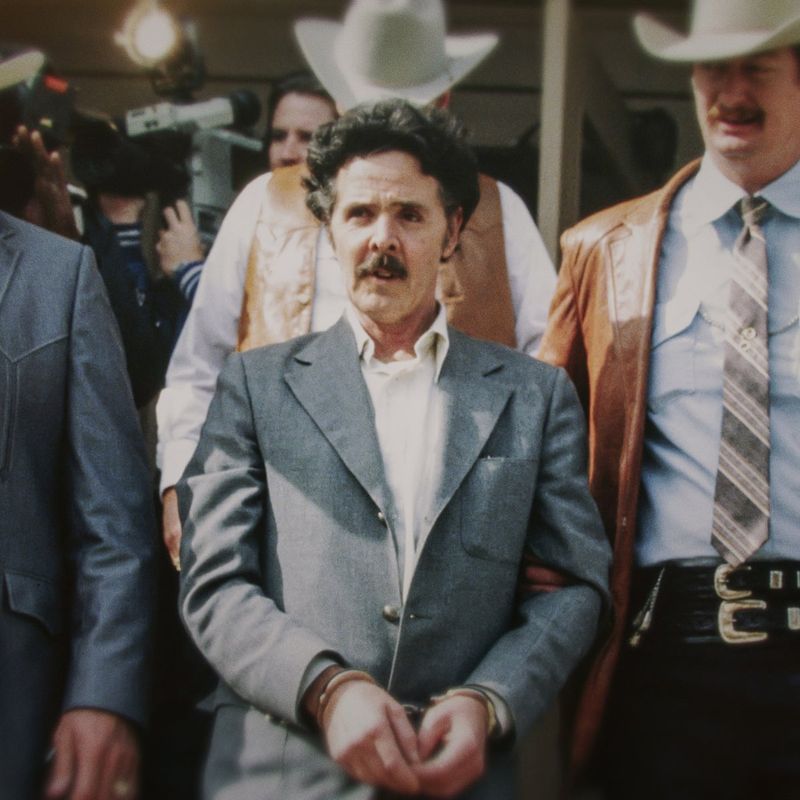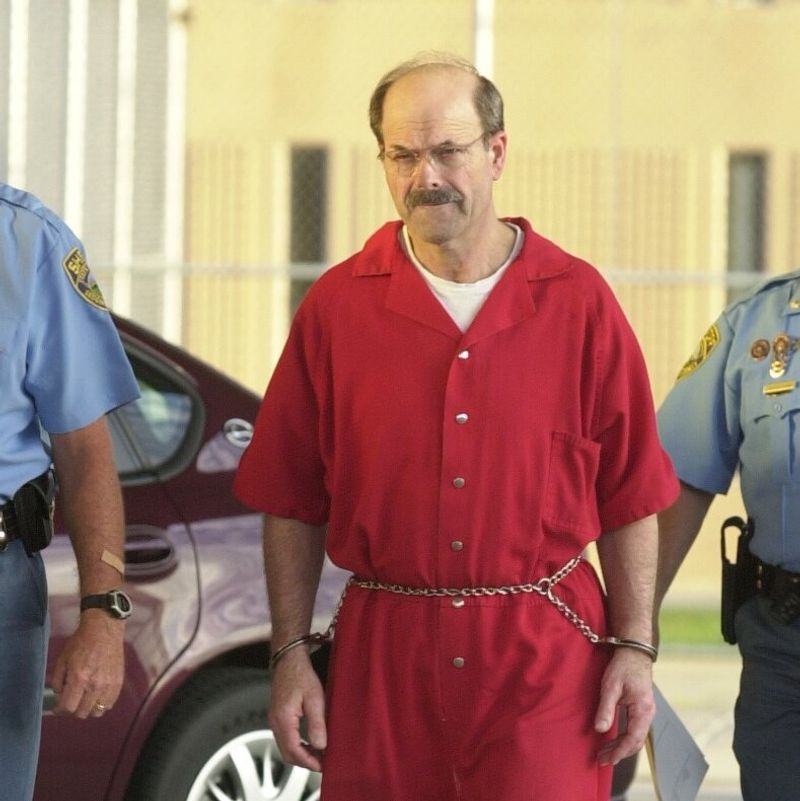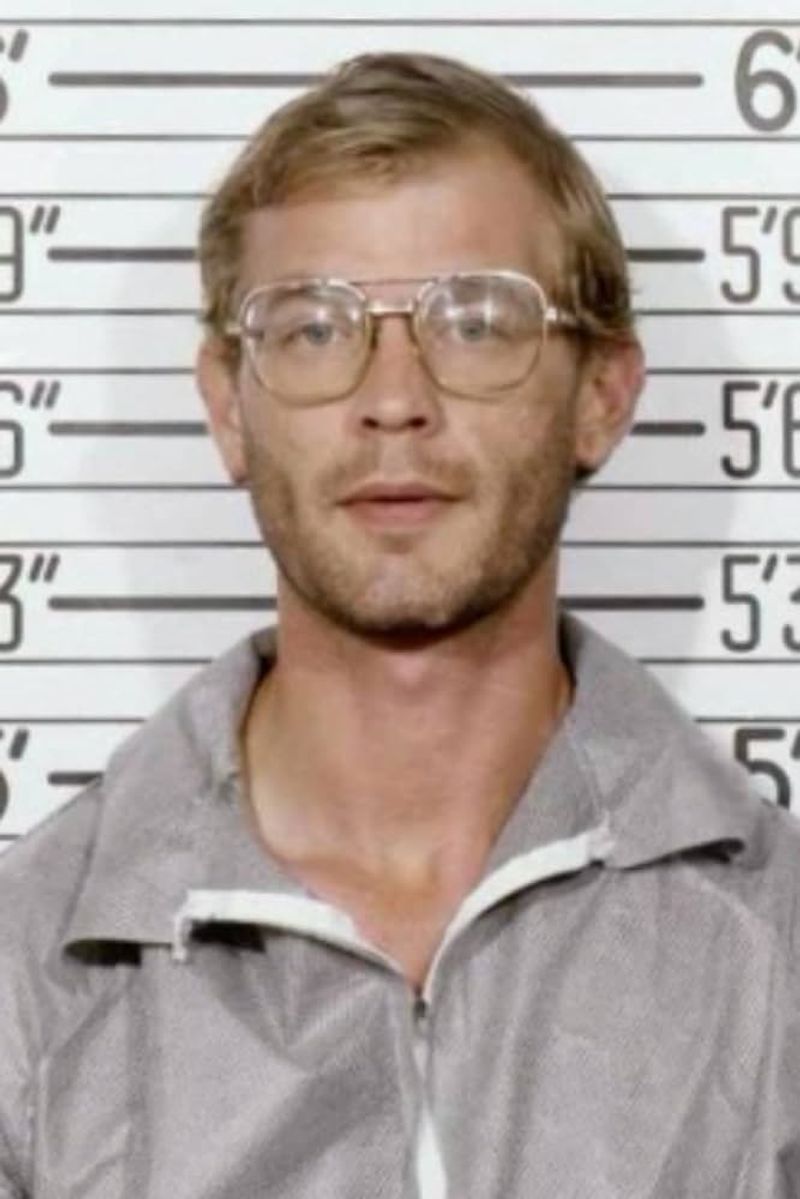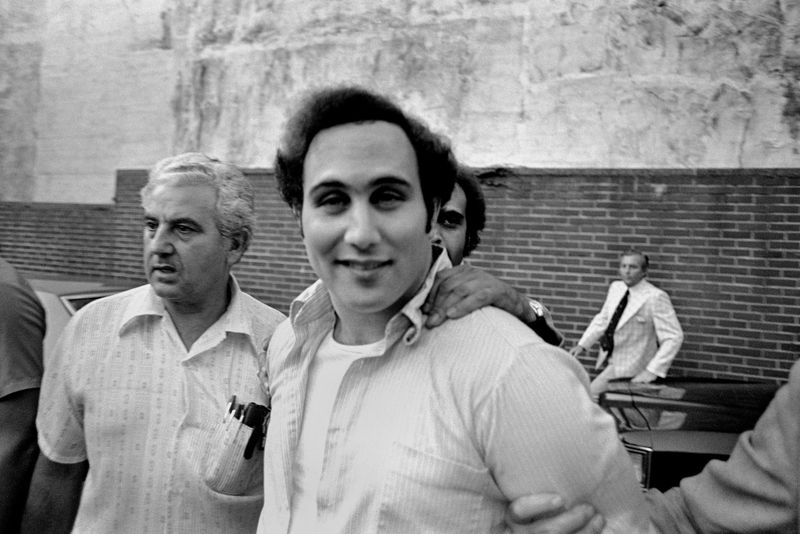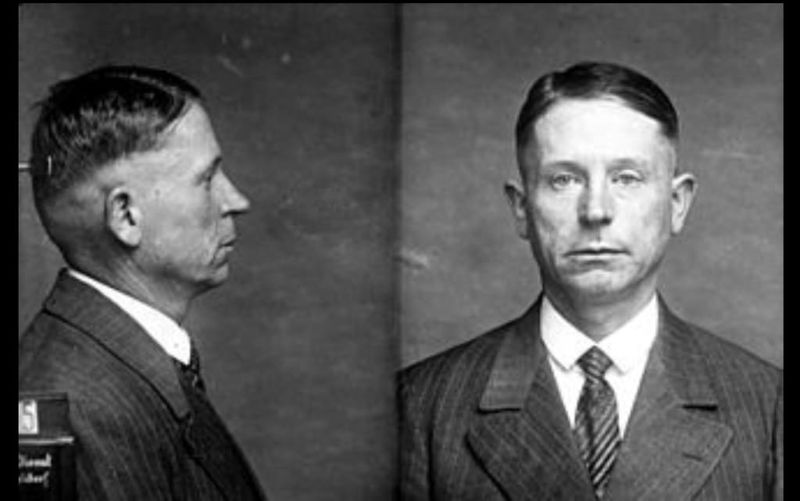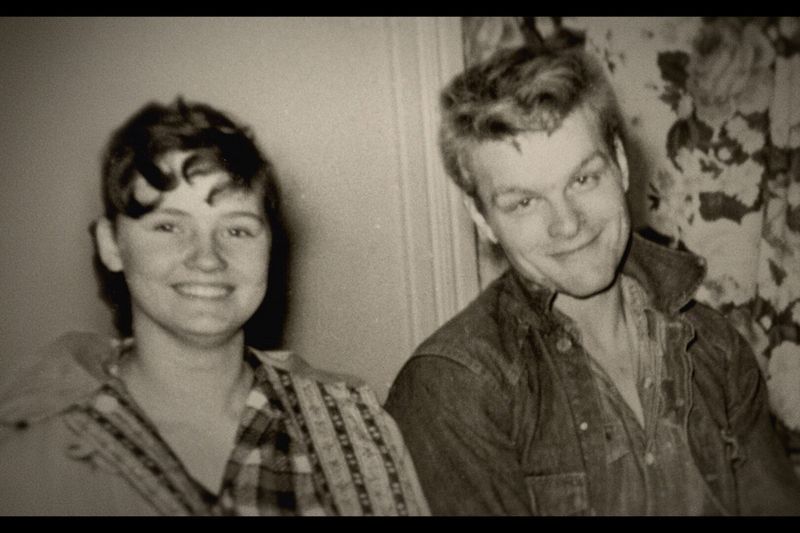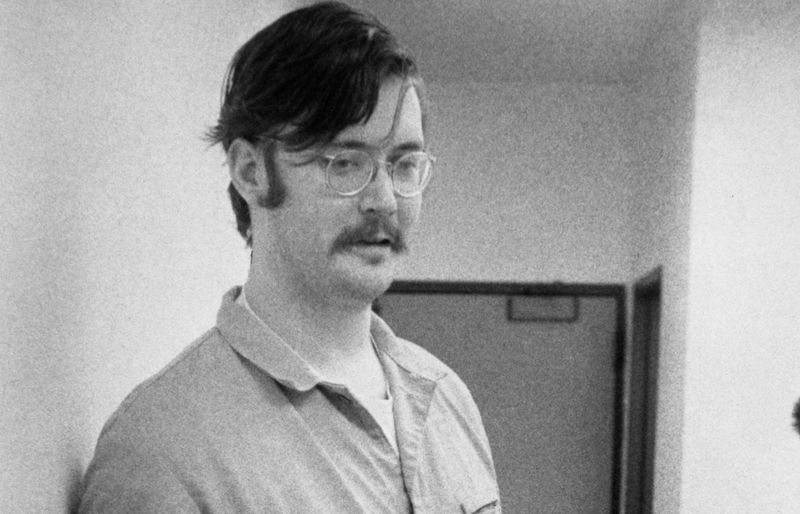Horror movies get their scariest ideas from real life, and some of the most terrifying villains on screen were actually inspired by real serial killers.
These dangerous criminals from history became the blueprints for characters that still give us nightmares today.
Many famous horror movie monsters share disturbing similarities with actual murderers who once walked among us.
1. Ed Gein – The Man Behind Multiple Horror Icons
Wisconsin farmer Ed Gein shocked America when police discovered his gruesome crimes in 1957. He made furniture and clothing from human skin and bones, creating a house of horrors that inspired three major movie villains.
Leatherface from The Texas Chainsaw Massacre directly mirrors Gein’s mask-wearing habits. Norman Bates from Psycho reflects his disturbing relationship with his deceased mother. Buffalo Bill from Silence of the Lambs copies his skin-wearing behavior perfectly.
2. Ted Bundy – The Charming Face of Evil
Bundy fooled everyone with his good looks and smooth talking before murdering at least 30 women across multiple states. His ability to appear normal while hiding dark secrets became a template for fictional killers.
Patrick Bateman from American Psycho mirrors Bundy’s handsome appearance and manipulative charm. Buffalo Bill also draws inspiration from Bundy’s methods of luring victims. Hollywood loves using Bundy’s “wolf in sheep’s clothing” persona for creating believable monsters.
3. John Wayne Gacy – The Killer Clown’s Legacy
Gacy performed as “Pogo the Clown” at children’s parties while secretly murdering 33 young men and boys. He buried most victims under his Chicago home, creating one of America’s most disturbing crime scenes.
Twisty the Clown from American Horror Story directly references Gacy’s dual personality. Pennywise from Stephen King’s “It” draws inspiration from the terrifying idea of evil hiding behind a clown’s smile. Gacy forever changed how we view clowns in horror.
4. Richard Ramirez – The Night Stalker’s Reign of Terror
Ramirez terrorized Los Angeles during the 1980s, breaking into homes at night to commit horrific crimes. His satanic obsession and random victim selection created widespread panic throughout California.
American Horror Story: 1984 features a character directly based on Ramirez’s methods and appearance. The show captures his unpredictable nature and fascination with dark symbols. His night-time hunting patterns influenced countless horror movies about home invasion killers who strike in darkness.
5. Albert Fish – The Grandfather of Cannibalism in Horror
Fish claimed to have killed over 100 children during his decades-long crime spree. His cannibalistic tendencies and torture methods were so extreme that even hardened detectives couldn’t believe the evidence.
Grandpa Sawyer from Texas Chainsaw Massacre 2 draws inspiration from Fish’s elderly appearance hiding monstrous behavior. Many cannibal characters in horror movies use Fish’s methods as reference material. His case file remains one of the most disturbing in criminal history.
6. Aileen Wuornos – Breaking the Female Killer Stereotype
Wuornos murdered seven men along Florida highways while working as a prostitute. Her story challenged society’s ideas about female criminals and inspired numerous movies and documentaries.
The movie “Monster” starring Charlize Theron directly tells Wuornos’ story with incredible accuracy. Her case influenced how writers create female serial killer characters in modern horror. Wuornos proved that women could be just as dangerous and unpredictable as their male counterparts in both reality and fiction.
7. Andrei Chikatilo – The Soviet Union’s Hidden Monster
Chikatilo killed over 50 people across the Soviet Union while authorities struggled to catch him. His intelligence and ability to evade capture for years influenced how writers create sophisticated villain characters.
Hannibal Lecter’s behavioral patterns mirror Chikatilo’s methodical approach to killing. The movie “Evilenko” directly adapts his story for international audiences. His case showed how serial killers could operate successfully even under strict government surveillance, inspiring countless thriller plots.
8. Jack the Ripper – The Original Horror Icon
Jack the Ripper terrorized London’s streets in 1888, and his identity remains unknown today. His mysterious nature and brutal methods created the template for countless horror villains over the past century.
Dr. Jekyll and Mr. Hyde adaptations often reference Ripper’s dual nature of civilization and savagery. Hundreds of movies feature Ripper-inspired characters who stalk victims through dark city streets. His unsolved case continues inspiring new horror stories because the mystery keeps audiences guessing about his true identity.
9. Henry Lee Lucas – The Drifter’s Deadly Journey
Lucas confessed to hundreds of murders while traveling across America as a homeless drifter. His partnership with Ottis Toole created one of the most disturbing crime sprees in American history.
“Henry: Portrait of a Serial Killer” directly adapts Lucas’ story with disturbing accuracy. The movie captures his emotionless personality and random victim selection perfectly. Lucas showed how killers could hide in plain sight among society’s forgotten people, inspiring numerous films about dangerous drifters and hitchhikers.
10. Dennis Rader – The BTK Killer’s Double Life
Rader lived as a respected family man and church leader while secretly torturing and killing victims for over 30 years. His “Bind, Torture, Kill” signature became infamous in criminal history.
Netflix’s “Mindhunter” features Rader’s story prominently, showing his normal appearance hiding monstrous behavior. Many horror movies use his methods of victim restraint and psychological torture. His case proves that the most dangerous killers often look like ordinary neighbors, making them perfect inspiration for believable movie villains.
11. Jeffrey Dahmer – The Milwaukee Cannibal’s Apartment of Horrors
Dahmer killed 17 young men in his Milwaukee apartment, keeping body parts as trophies. His cannibalism and necrophilia shocked the world when police discovered his crimes in 1991.
Multiple movies directly tell Dahmer’s story, including “Dahmer” and “My Friend Dahmer” about his teenage years. The TV show “Hannibal” draws inspiration from his cannibalistic behavior and psychological profile. His apartment crime scene influenced how horror movies show serial killer lairs and trophy collections.
12. David Berkowitz – The Son of Sam’s Paranoid Delusions
Berkowitz claimed his neighbor’s dog commanded him to kill six people in New York City. His paranoid letters to police and media created widespread panic throughout the city during 1976-1977.
Spike Lee’s “Summer of Sam” directly adapts Berkowitz’s story and the city’s reaction to his crimes. His case influenced how horror movies portray killers who believe they’re receiving supernatural commands. Berkowitz’s paranoid personality became a template for mentally unstable villains in countless thriller films.
13. Peter Kürten – The Vampire of Düsseldorf’s Blood Obsession
Kürten terrorized Germany in the 1920s, drinking victims’ blood and claiming it gave him sexual pleasure. His vampire-like behavior and public panic influenced early horror cinema significantly.
Fritz Lang’s classic film “M” directly adapts Kürten’s story, creating one of cinema’s first psychological thrillers. The movie captures the public’s fear and police investigation methods perfectly. Kürten’s case helped establish the template for movie serial killers who seem supernatural but are actually human monsters with disturbing psychological problems.
14. Charles Starkweather – The Teenage Killing Spree That Shocked America
Starkweather and his 14-year-old girlfriend Caril Ann Fugate killed 11 people during a cross-country crime spree in 1958. Their young age and random violence terrified parents nationwide.
Mickey Knox from “Natural Born Killers” directly mirrors Starkweather’s personality and methods. Terrence Malick’s “Badlands” also adapts their story with the character Kit Carruthers. Their case influenced how movies portray young couples who go on killing sprees, creating a disturbing romance subgenre in horror cinema.
15. Edmund Kemper – The Co-ed Killer’s Chilling Intelligence
Standing 6’9″ tall, Kemper killed 10 people including his own mother and grandparents. His high intelligence and calm demeanor during interviews made him particularly unsettling to study.
Netflix’s “Mindhunter” features Kemper prominently, showing his helpful attitude toward FBI profilers. His articulate speaking style influenced how Hannibal Lecter delivers dialogue in “Silence of the Lambs.” Kemper’s ability to analyze his own crimes while remaining emotionally detached created the template for intelligent, cooperative movie villains.
